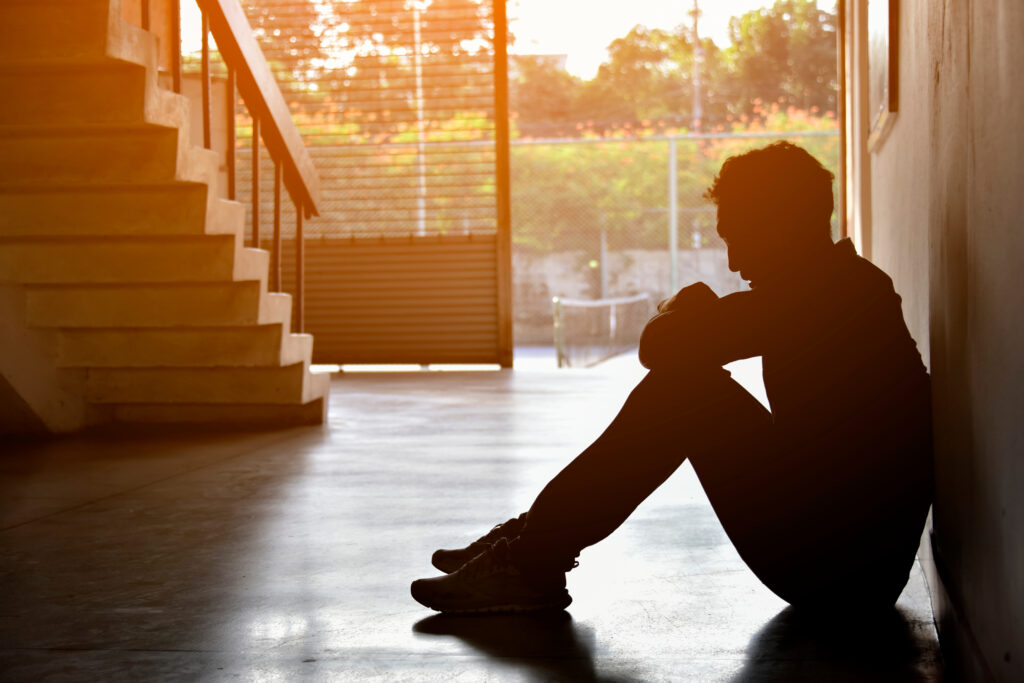
In the late 1950s, toward the end of her life, psychiatrist Frieda Fromm Reichmann sat by a catatonic patient in the hospital. Inspired by an unexplainable hunch, she asked how lonely the patient was. The young woman raised her hand with her thumb extended and the rest of the fingers folded under.
Dr. Fromm-Reichmann, an early psychotherapist whose work was fictionalized in the novel and film, I Never Promised You a Rose Garden, was famed for her ability to connect with people who’d lost touch with those around them such as schizophrenic patients, brain-injured World War I veterans, people in the throes of psychosis.
She read in her patient’s hand gesture a sense of extreme isolation—the thumb standing alone, away from the other hidden fingers. Dr. Fromm-Reichman asked simply, “that lonely?”
In her now classic essay on loneliness, Fromm-Reichman tells how the young woman’s, “Facial expression loosened up as though in great relief and gratitude, and her fingers opened.”
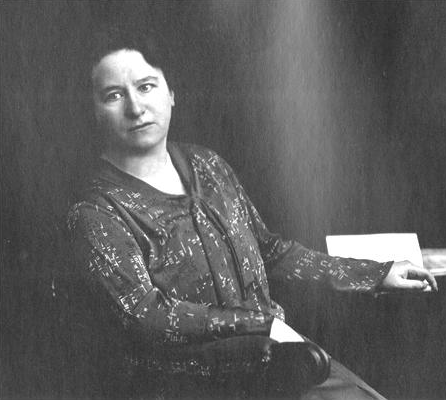
Fromm-Reichmann’s work sparked new interest in discovering the impacts of isolation and loneliness on health. As the world begins to reanimate after more than a year of social distancing, her work is more relevant than ever before.
One dictionary definition of loneliness is: sadness or unhappiness because one feels alone.
While that might encapsulate the bare-bones essence of the experience, loneliness actually encompasses a wide range of emotional and physical responses. The feeling, and its impact, can be difficult to articulate. Ask ten people to define what loneliness means and you would likely get ten different answers.
The modern consensus might describe something like a disconcerting feeling of abandonment or even a shadowy sense of ostracization or rejection.
Genetic Antecedents
Being together with other humans conveys a distinct survival advantage for our species. We are not the strongest or fastest animals. But with a combination of brains, opposable thumbs and interpersonal cooperation we now dominate the planet.
In ancient times, being alone, being cut-off from family, or banished from social groups was more or less a death sentence. Up through the 19th century, exile was still a form of punishment. And even today, some cultures will shun people who violate social or religious norms
The risk conferred by chronic loneliness was the same as that of smoking 15 cigarettes a day, and it was actually greater than the risks of obesity, excess alcohol consumption, and lack of exercise.
Julianne Holt-Lunstad, PhD
That wild-eyed fear of being totally alone and exposed on the flatlands has come down with us in our genetics. Though the emotions might be more subtle, many people today will still feel a sense of panic, grief, or emptiness when they don’t have anyone near at hand.
Evolution has shaped us into social animals. We are biologically inclined to trust our family members, close friends, and the people who make up our social circles. If, for whatever reasons, we are left alone or cut off from social contact for prolonged periods, that trust can evaporate, and the basic sense of trust in others is replaced with a feeling of suspicion.
This can actually make it hard for lonely people to connect with new friends and groups—which only worsens the loneliness and isolation. In other words, loneliness often breeds more loneliness.
Isolation vs Solitude
In this context it is also important to distinguish the experience of being alone from that of loneliness. To be alone is not always detrimental. To choose to be alone is very different from being ostracized or forced by circumstances into a condition of isolation that one does not desire or choose.
Solitude can be as important to overall health and well-being as strong social connection. It helps us understand ourselves better, connect with the natural world, and develop our creativity. While a feeling of disconnection begets trouble, periodically consciously dis-connecting from our fast-paced lives and schedules is beneficial. Our spiritual and wisdom traditions have promoted this type of self-reflection for centuries. And we know that practices like meditation and mindfulness are helpful.
But imposed isolation–whether as a result of stigmatization, or owing to circumstances such as is the case with the COVID pandemic—can be shattering mentally and emotionally. And it also has profound physical effects.
A Significant Risk Factor
A little over a decade ago, Dr. Julianne Holt-Lunstad, professor of Psychology and Neuroscience at Brigham Young University, sought to find out whether social relationships could reduce the risk of dying young. She spent over a year analyzing 148 different studies, that included in aggregate over 300,000 patients. In the end, after considering all other risk factors and causes of early death, she concluded that people with strong social relationships are 50% less likely to die prematurely than those with weak social relationships (Holt-Lunstad J, et al. Perspect Psychol. 2015).
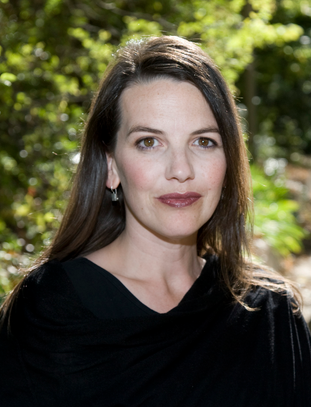
She estimated that the risk conferred by chronic loneliness was the same as that of smoking 15 cigarettes a day, and it was actually greater than the risks of obesity, excess alcohol consumption, and lack of exercise—all health priorities in routine medical encounters.
Subsequent studies by other researchers have implicated loneliness as an independent risk factor for coronary heart disease and stroke (Valtorta NK, et al. Heart. 2016), dementia (Penninkilampi R, et al. J Alzheimers Dis. 2018), and not surprisingly, depression and anxiety (Park C, et al. Psychiatry Res. 2020).
Isolation and loneliness have obviously been health risk factors long before the COVID pandemic made them commonplace all over the world.
In a 2013 poll from the UK, 75% percent of general practitioners said that they encountered between one and five patients every day whose visits were primarily loneliness-related. According to a 2018 report from the Henry J. Kaiser Family Foundation, 22% of all adults in the US said that they often or always feel lonely or socially isolated.
Now, in the wake of the pandemic, we’re contending with the profound impact of social distancing, quarantines, working from home, travel restrictions, limitations on gatherings, and the elimination of in-person concerts, theater, sporting events and other cultural activities. COVID-19 has completely unravelled the social lives of millions of people.
One could say that the viral pandemic has stoked a second pandemic of extreme isolation and loneliness.
Disease Driver
When he became President Obama’s Surgeon General, Dr. Vivek Murthy travelled all around the country to understand the nation’s pressing health needs. Initially he assumed the biggest issues would be the problems that make the headlines—addiction, lack of health care access, and pharmaceutical costs.

While these issues did come up, Murthy sensed that there was a deeper underlying angst lurking under these surface manifestations: loneliness.
In his 2020 book, Together: The Healing Power of Human Connection in a Sometimes Lonely World, Murthy explains that he quickly came to realize that loneliness and isolation were often the drivers of the other, more visible health concerns. In talking with people, loneliness was the topic that seemed to resonate most deeply.
A Clinical Concern
Loneliness remains largely unaddressed in clinical settings. As physicians, we are dutiful in screening for depression, hypertension, and lipid disorders. But loneliness, which is a significant disease risk factor, is rarely identified or discussed during medical encounters. Most of us seldom even ask our patients about it.
Maybe this is because we don’t have any easy interventions for loneliness like we do for other health concerns. We can’t write prescriptions for family or friendship. There are no clinical guidelines or protocols for dealing with isolation and alienation. We may be able to identify lonely patients, but we feel that we don’t have much help to offer.
The reluctance may also reflect the fact that many of us healthcare professionals feel lonely ourselves. Though we work with people all the time, many of us feel alone, alienated, overstressed, and disconnected from friends and family.
Given what we know about the importance of social connections for overall health, it is foolish for us to continue turning a blind eye toward the rampant problem of loneliness among our patients.
Simple Assessment Tool
One way to broach the subject might be to incorporate the UCLA Loneliness Scale into clinical visits. This is a simple tool that asks patients to respond “Often,” “Sometimes,” “Rarely,” or “Never” to the following six statements:
I am unhappy doing so many things alone.
I have nobody to talk to.
I cannot tolerate being so alone.
I feel that no one really understands me.
I am no longer close to anyone.
There is no one I can turn to.
I feel isolated from others.
Jeffrey Geller, MD, a family doctor who practices in Lawrence, MA, feels that the statement about feeling understood is particularly important. To him, loneliness at its core is a feeling of being unaccepted or unwelcome.
Dr. Geller has been researching loneliness and its impact on health for more than 20 years. In working to address the problem among his patients, he has become a major advocate of group visits.
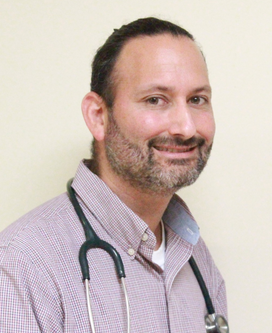
Prior to the pandemic, he led frequent group sessions for exercise instruction or acupuncture. Patients participating in these group have the opportunity to meet with him individually while they are there.
“Patients are sometimes skeptical of doctors,” he says, “Group visits allow patients to feel welcome and understood.” He also makes it a point to allow the groups to plan and direct its own activities from within.
Like many other physicians, Dr. Geller says the COVID pandemic forced him to shift to virtual group visits. Doing things via screen rather than in person is not ideal, he says. But the group visit model still works. And there are even some advantages: patients can be split up into smaller groups without the need for more rooms or space in the physical office. And he can easily break out to talk one-on-one with a particular patient, without the logistical considerations inherent in moving patients around in limited office space.
Easeful Interactions
Another way for doctors to reduce patient loneliness is to hire staff members that represent the demographics of the community. “This sends the message: we understand,” he says.
Shorter, more frequent interactions with patients might also help. A two-minute phone call every other week is probably better than a fifteen minute visit every three to six months. Over time, he says, you can, “Ask enough questions so that you can say—ahh, I get it.” A group visit every week or two might be better still.
He maintains a flexible policy where patients can come to a group visit and not necessarily be seen by him or be billed for the visit. He says that the arrangement tends to work out over the long run.
Geller offers courses for clinicians on running group visits, including logistics, and how to bill insurance plans. Whether or not doctors choose to incorporate group visits to address loneliness, the bottom line is to, “try to find out who someone is, and accept them for who they are.”
In his book, Dr. Murthy discusses the work of Dr. Sachin Jain who is the CEO of CareMore, a health delivery system in California. Many of CareMore’s patients are elderly and poor. Jain has developed a program to seek out lonely patients and assist them.
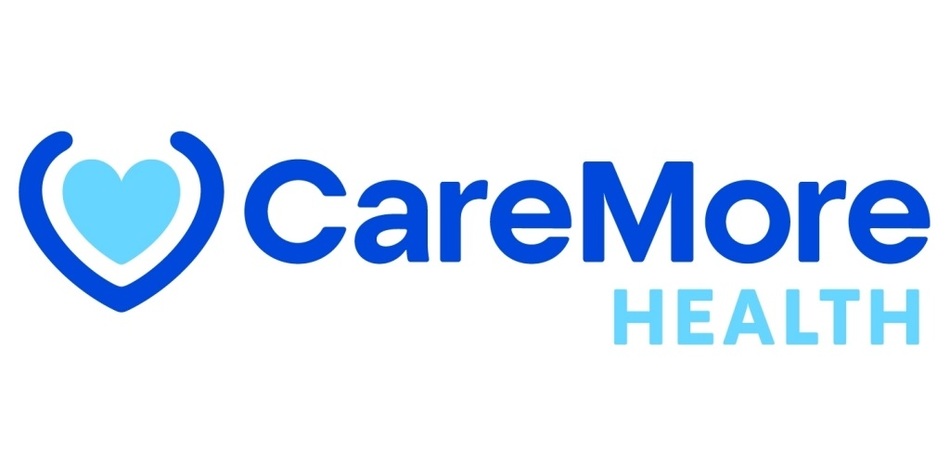
One of these patients is a woman named Virta. She had worked for years as a security guard at the Port of Long Beach—a job she enjoyed. But as she moved into her late fifties, she developed diabetes and its complications. Soon she wasn’t able to work and became essentially housebound. She heard about this program and signed up.
Not long after signing up, she received a phone call from one of the program’s “Phone Pals.” His name was Armondo and he would call once a week just to talk and listen. Murthy says that even though it was only a phone relationship, Virta was able to open up to Armando because he listened and seemed to genuinely care. Now, she Is working on rebuilding her health and living a fuller life.
As we all emerge from lockdowns and stay at home orders, now may be the ideal time for a new emphasis on identifying and assisting lonely patients.
Given the time constraints we physicians face, it is a challenge to add yet one more discussion to our already rushed clinical appointments. But a quick check-in about loneliness might be one of the most important things we can do to help our patients improve their health and regain a sense of normalcy.
It might be as simple as just a few words. Dr. Geller often finds himself saying to his patients, “Huh, you don’t have any friends? Well, I like you. . . .”
That sometimes has a positive impact far greater than anyone might imagine.
END







